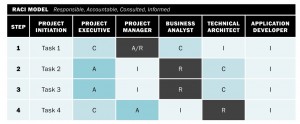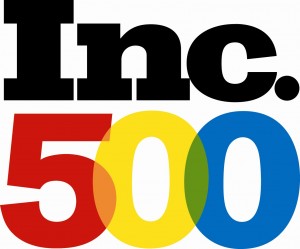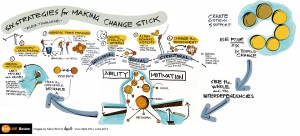Change Leadership Challenge 1: Active, Committed Leadership
This is the first in a series of posts about change leadership.
Today's executives have a great responsibility to enact change. Staying competitive in business requires implementing new technologies, improving processes, reducing costs, and enabling innovation. Yet these activities – all of which have significant change-management components to them – can be dogged with challenges.
If you want to lead your organization to achieve its goals, you need to learn how to lead change effectively. The success of your organization, and your career as an executive, depends on it.














